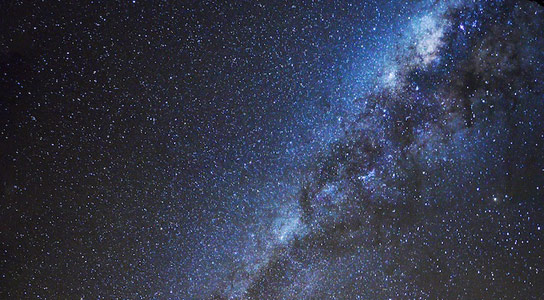
The Milky Way rises over the Cerro Tololo Inter-American Observatory in northern Chile. The Dark Energy Survey operates from the largest telescope at the observatory, the 4-meter Victor M. Blanco Telescope (left). Credit: Andreas Papadopoulos
The Dark Energy Survey has revealed a rare, ‘superluminous’ supernova that erupted in a galaxy 7.8 billion light years away.
The first images taken by the Dark Energy Survey (DES) after the survey began in August 2013 have revealed a rare, ‘superluminous’ supernova that erupted in a galaxy 7.8 billion light years away. The stellar explosion, called DES13S2cmm, easily outshines most galaxies in the Universe and could still be seen in the data six months later, at the end of the first of what will be five years of observation by DES. The event was discovered by Andreas Papadopoulos, a postgraduate student from the University of Portsmouth, who will present the discovery at the National Astronomy Meeting 2014 in Portsmouth on Wednesday, June 25.
Supernovae are very bright, shining anywhere from one hundred million to a few billion times brighter than the Sun for weeks on end. Thousands of these brilliant stellar deaths have been discovered over the last two decades, and the word ‘supernova’ itself was coined 80 years ago. But superluminous supernovae are a recent discovery, only being recognized as a distinct class of objects in the past 5 years. These cosmic explosions are 10-50 times brighter at their peak than the brightest normal type of supernovae and, unlike other supernovae, their explosive origins remain a mystery.
“Fewer than forty such supernovae have ever been found and I never expected to find one in the first DES images!” said Papadopoulos. “As they are rare, each new discovery brings the potential for greater understanding – or more surprises.”

Before (left) and after (center) images of the region where DES13S2cmm was discovered. On the right is a subtraction of these two images, showing a bright new object at the center — a supernova. Credit: Dark Energy Survey
It turns out that even within this select group, DES13S2cmm is unusual. The rate that it is fading away over time is much slower than for most other superluminous supernovae that have been observed to date. This change in brightness over time, or ‘light curve’, gives information on the mechanisms that caused the explosion and the composition of the material ejected.
Dr. Mark Sullivan of Southampton University led the program to obtain spectroscopy of DES13S2cmm using the Very Large Telescope at Cerro Paranal, Chile. “Its unusual, slow decline was not apparent at first,” said Sullivan, “but as more data came in and the supernova stopped getting fainter, we would look at the light curve and ask ourselves, ‘what is this?'”
Understanding the origins of DES13S2cmm is proving difficult. Radioactive decay is known to power normal supernovae, but not from such extreme amounts of material.
“We have tried to explain the supernova as a result of the decay of the radioactive isotope Nickel-56,” explained Dr Chris D’Andrea of the University of Portsmouth, co-author on the research, “but to match the peak brightness, the explosion would need to produce more than three times the mass of our Sun of the element. And even then the behavior of the light curve doesn’t match up.”
The team are now investigating alternative explanations, including that DES13S2cmm is a normal supernova that has created at its core a magnetar — an exotic neutron star spinning hundreds of times per second, producing a magnetic field a trillion times stronger than that on Earth. Energy from the magnetar is then injected into the supernova, making the explosion exceptionally bright. “Neither model is a particularly compelling match to the data,” noted D’Andrea.
With DES starting its second season in August, the hunt is on for more superluminous supernovae.
“With so few known, it’s hard to really understand their properties in detail,” said Prof. Bob Nichol of the University of Portsmouth. “DES should find enough of these objects to allow us to understand superluminous supernovae as a population. But if some of these discoveries prove as difficult to interpret as DES13S2cmm, we’re prepared for the unusual!”

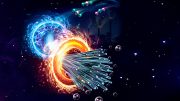
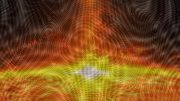


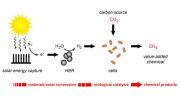
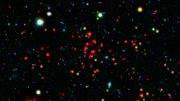
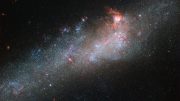

Be the first to comment on "Dark Energy Survey Reveals a Rare Superluminous Supernova"